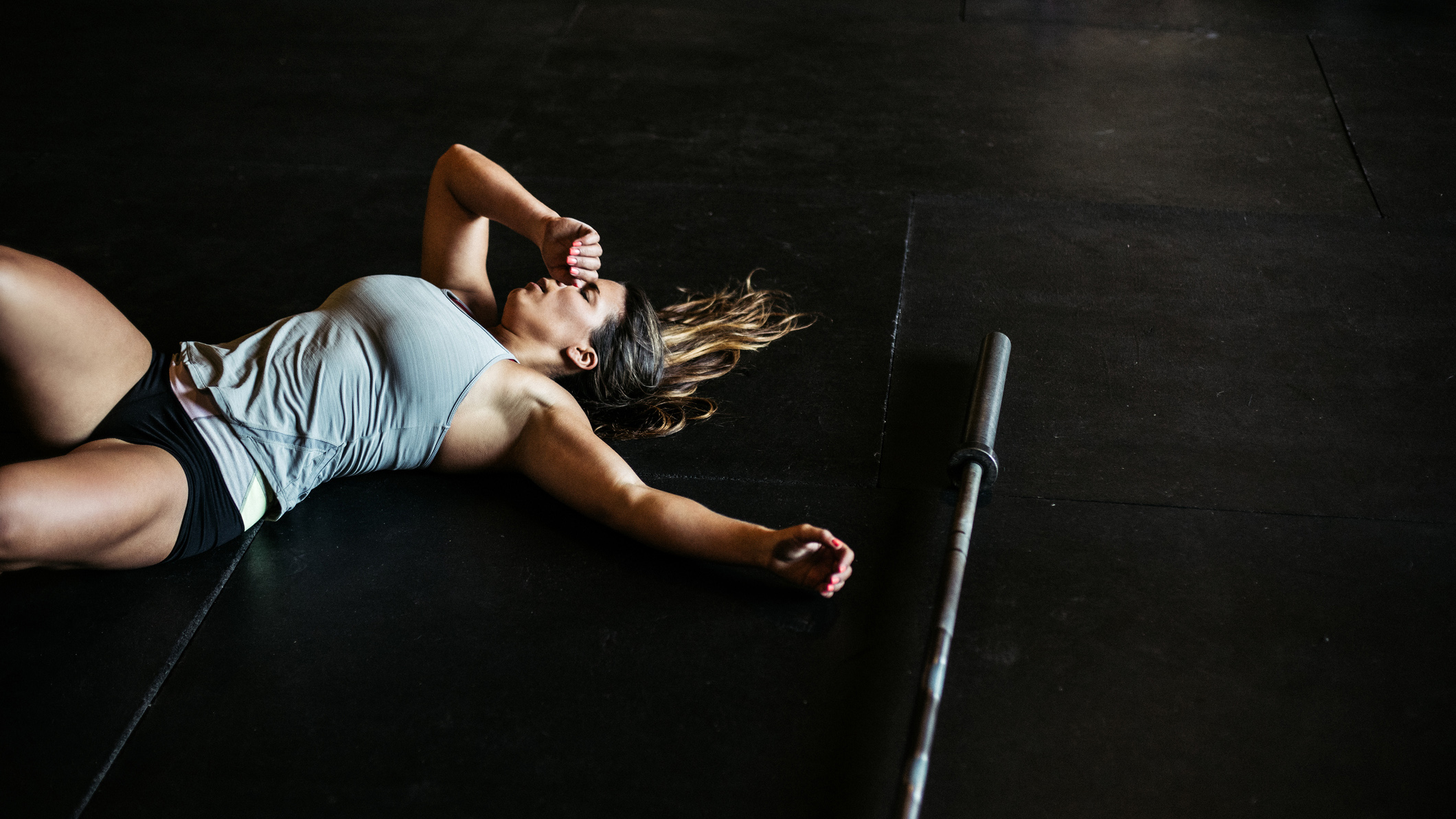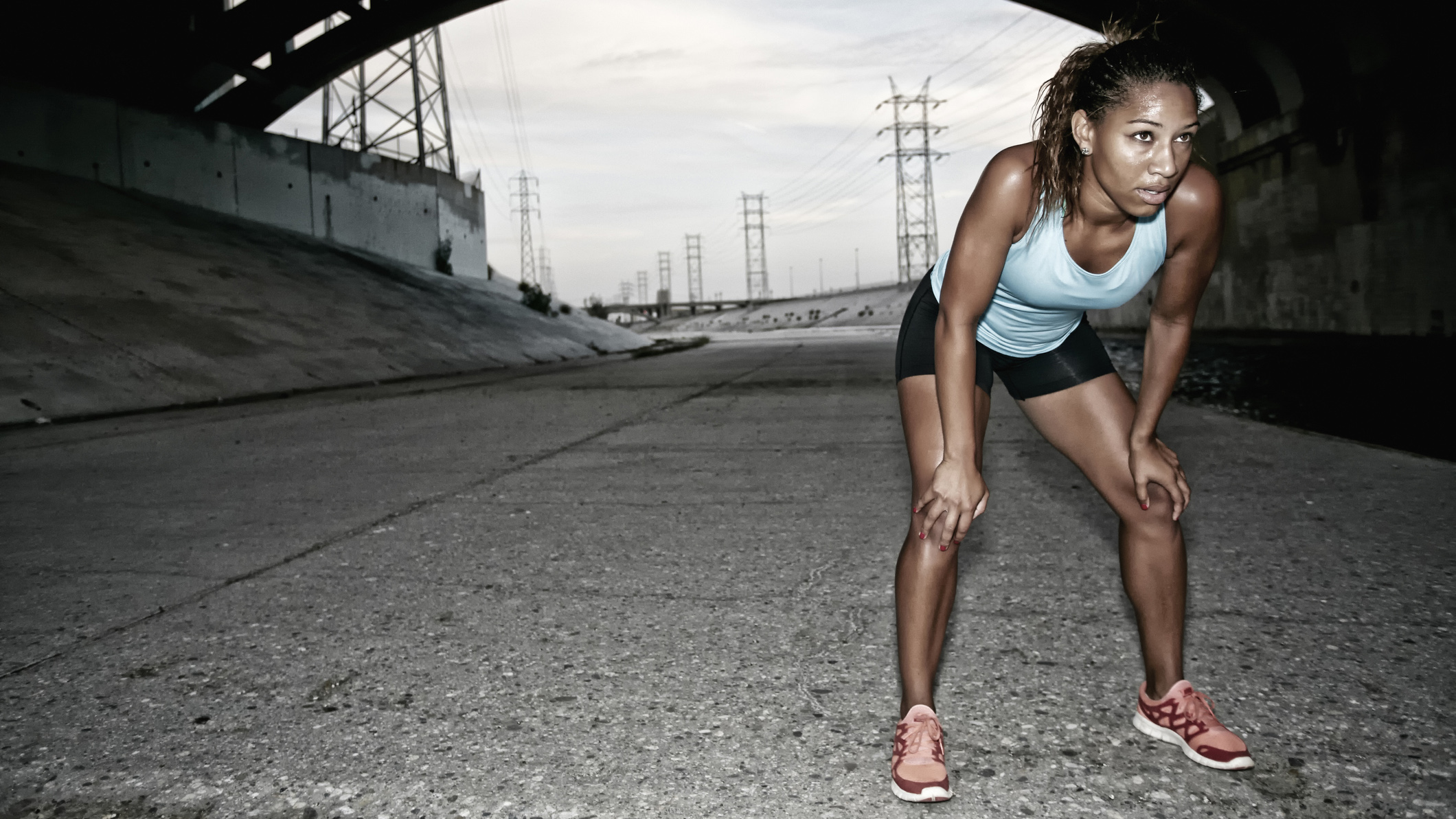Science found the reason why exercise gets harder the less often you do it
A deactivated protein might be responsible, research claims


Exercise is the best way to stay fit as it helps boost metabolism, can keep your bones and joints in check, and frequent workouts can also help you sleep better. However, exercise gets considerably harder the less often you do them. Is it just in your head? As it turns out, it isn't.
Certain types of exercise, such as running and cycling, are great to improve cardiovascular health, while others – weight training – can make your bones stronger and increase BMR. But exercise is hard, so much so that even the thought of putting in running shoes or lifting up a dumbbell can put people off from doing workouts.
Worse still, we used to think people who don't exercise are slobs, weak-minded individuals who can't make the simplest of efforts to get in shape. Thanks to new research conducted by scientists at the University of Leeds, this myth is finally debunked. As it turns out, even if you want to exercise, it'll get physically harder the less you do it, due to the deactivation of a vital protein in the body.
Protein power
"University of Leeds scientists have discovered that deactivating the Piezo1 protein, a blood flow sensor, reduces the density of capillaries carrying blood to the muscles in mice", Science Daily reports, "This restricted blood flow means activity becomes more difficult and can lead to a reduction in how much exercise is possible."
Essentially, the Piezo1 protein enables oxygen to travel to the muscles more efficiently, but only if you exercise frequently. Once you stop working out, the protein stops working, which will physically make you less capable of carrying out physical activities.
Sadly, the deactivation kicks in relatively soon after inactivity starts. As the research paper explains, "deletion of endothelial cell Piezo1 in adult mice [happened] 2 weeks prior to analysis. We reasoned that this might not be sufficient to impact all relevant processes, and so we lengthened the period to 10 weeks."
The researchers concluded that two and a half months were enough to "observe a profound loss of physical performance". Interestingly, the Piezo1 protein doesn't affect the desire to exercise. Respiration, energy metabolism, cardiac function, skeletal muscle mass and fibre types were all unchanged at the end of the study period.
Get all the latest news, reviews, deals and buying guides on gorgeous tech, home and active products from the T3 experts

Is there anything you can do to prevent this from happening?
The best way to prevent the Piezo1 protein from deactivation is to keep on exercising. This doesn't mean you have to push yourself at every session and not pay attention to recovery. To avoid injury, you'd better pay attention to your sleep to improve recovery, increase water intake and maybe have a stretching session now and then.
You can also play around with intensity, whether cardio or resistance training. There is no need to push yourself hard every time you head down to the gym or out for a run; low-volume or low-intensity training can keep the muscles activated without overloading them.
Switching up your workout routine can also help. For example, fitness challenges can help you get out of a workout rut. You can also try different types of workouts than what you usually do. If you do often do deadlifts, maybe try doing kettlebell swings instead for a bit. Like running? Switch tempo runs for strength training for a couple of weeks.

Matt Kollat is a journalist and content creator who works for T3.com and its magazine counterpart as an Active Editor. His areas of expertise include wearables, drones, fitness equipment, nutrition and outdoor gear. He joined T3 in 2019. His byline appears in several publications, including Techradar and Fit&Well, and more. Matt also collaborated with other content creators (e.g. Garage Gym Reviews) and judged many awards, such as the European Specialist Sports Nutrition Alliance's ESSNawards. When he isn't working out, running or cycling, you'll find him roaming the countryside and trying out new podcasting and content creation equipment.